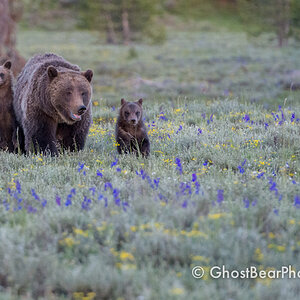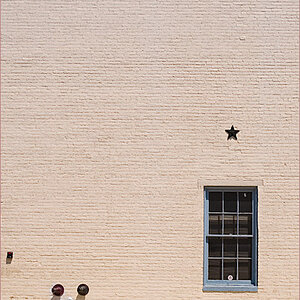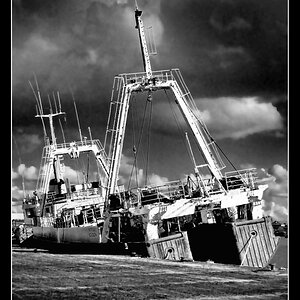- Joined
- Dec 11, 2006
- Messages
- 18,743
- Reaction score
- 8,047
- Location
- Mid-Atlantic US
- Website
- www.lewlortonphoto.com
- Can others edit my Photos
- Photos NOT OK to edit
Usually I feel like if something doesn't add anything to my picture, do I want it in the frame? No I do not! lol I want it out of my photo unless it's doing something for it. Does she add to the picture? is she part of what's happening? (nah, in the background watching something else...) Taking a step to the left might have helped. Takes practice. (And thank you for your nice comment.)
Agree.
Viewers try to parse every picture to understand what the photographer is showing them.
If there is something in the frame, the photographer has put it there and viewers try to understand how that 'something' fits in the story.
The photographer creates the story of the image by deciding what should be in the frame and where it should be, what is dark, what is light, what is in focus.
All of these factors are hints to the viewer on what is important and what is not.


![[No title]](/data/xfmg/thumbnail/33/33341-3a6934b6cdb015b5acf31087acdcd278.jpg?1619735910)

![[No title]](/data/xfmg/thumbnail/31/31742-596f6bbc60b2ba7fed2cd25f5aacf41c.jpg?1619734985)
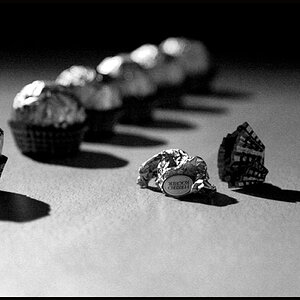
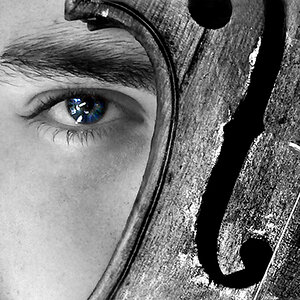

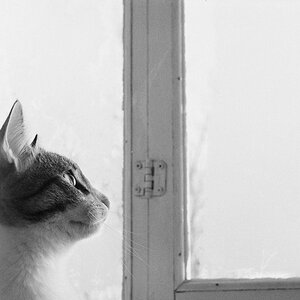
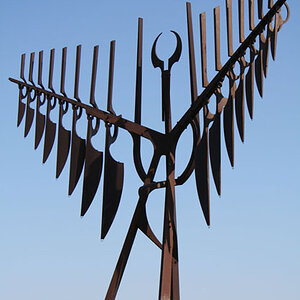
![[No title]](/data/xfmg/thumbnail/31/31741-ad9747739b48f0eb100f953fdf764930.jpg?1619734985)
